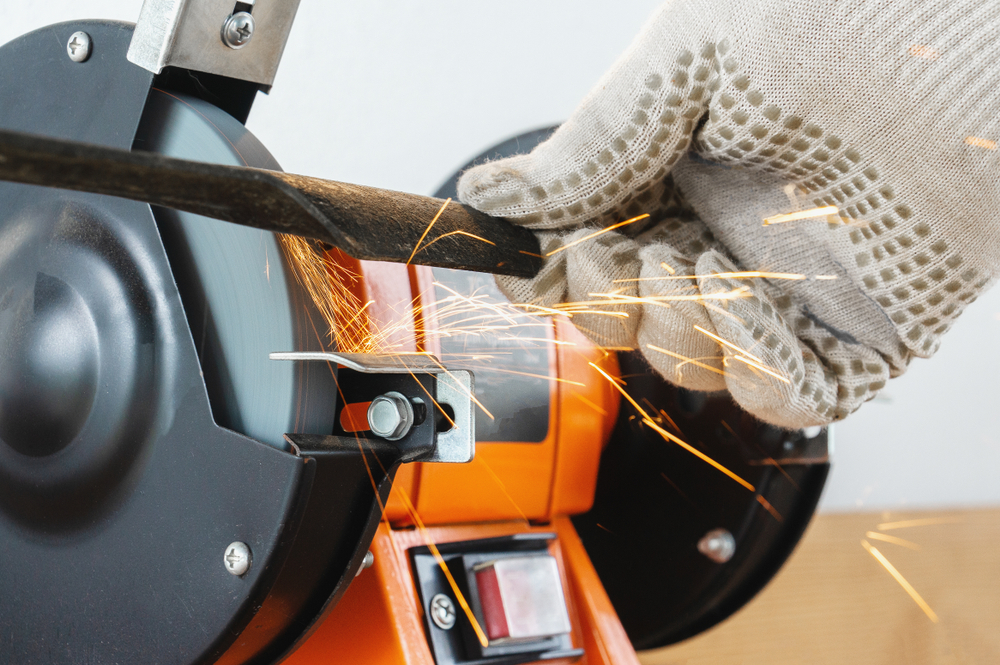

Maintaining a well-kept lawn requires more than just mowing regularly. One important aspect of lawn care that often gets overlooked is the sharpening of the lawn mower blades. Dull blades not only make mowing more difficult, but they can also damage your grass, leaving it susceptible to disease and stress. So, if you’re wondering “how do I sharpen my lawn mower blades?” you’ve come to the right place. In this blog post, we’ll discuss the importance of sharpening your blades, how often you should do it, and some tips for maintaining sharp blades.
Why Is It Important to Sharpen Lawn Mower Blades?
First and foremost, sharp lawn mower blades are essential for a clean and even cut. Dull blades tear grass instead of cutting it cleanly, leading to a ragged appearance and potentially damaging the grass. Additionally, dull blades can create jagged edges on the grass blades, making them more susceptible to disease and stress. By keeping your blades sharp, you’ll not only achieve a better-looking lawn but also promote overall lawn health.
How Often Do I Need to Sharpen My Lawn Mower Blades?
The frequency at which you need to sharpen your lawn mower blades will depend on how often you mow your lawn and the type of grass you have. In general, it’s recommended to sharpen your blades at least once a year, preferably before the start of the mowing season. However, if you mow your lawn frequently or have a large lawn, you may need to sharpen your blades more often. Some experts suggest sharpening your blades after every 25 hours of use. Ultimately, the key is to monitor the quality of your cut and sharpen the blades whenever they start to show signs of dullness.
Tips for Sharpening Your Lawn Mower Blades
Now that you understand the importance of sharpening your lawn mower blades and how often to do it, let’s discuss some tips for maintaining sharp blades:
1. Safety first: Before you begin sharpening your blades, it’s important to prioritize safety. Make sure the mower is turned off and disconnected from the power source. Wear gloves to protect your hands and consider wearing safety goggles to prevent any debris from getting into your eyes.
2. Remove the blades: To sharpen your blades, you’ll need to remove them from the mower. This typically involves turning the mower on its side and using a wrench to loosen the bolts securing the blades. Once the blades are removed, inspect them for any damage or excessive wear.
3. Sharpen the blades: There are several methods for sharpening lawn mower blades, including using a grinder, file, or sharpening stone. Whichever method you choose, make sure to maintain the original angle of the cutting edge and remove an equal amount of metal from both sides of the blade to ensure a balanced cut.
4. Check for balance: After sharpening the blades, it’s crucial to check for balance before reattaching them to the mower. An unbalanced blade can cause excessive vibration and damage to the mower. You can check the balance by hanging the blade on a nail or similar object and ensuring it hangs level.
5. Reattach the blades: Once you’ve sharpened and balanced the blades, secure them back onto the mower using the bolts or fasteners. Make sure to tighten the bolts securely to prevent the blades from coming loose during mowing.
6. Test the cut: After sharpening and reattaching the blades, start the mower and test the cut on a small section of grass. If the blades are sharp, you should notice a clean and even cut.
Summary
Sharpening your lawn mower blades is a crucial aspect of lawn care that shouldn’t be overlooked. By maintaining sharp blades, you’ll not only achieve a better-looking lawn but also promote overall lawn health. Remember to sharpen your blades at least once a year, or more frequently depending on use, and follow the tips mentioned above for optimal results. So, the next time you find yourself asking “how do I sharpen my lawn mower blades?” you’ll be well-equipped to tackle the task like a pro.
Need Your Blades Professionally Sharpened in Bells, TN?
Ready to get your lawn mower blades sharpened for a healthier, better-looking lawn? Reach out to us at Hill’s Repair Shop today! We’re here to help you achieve that pristine cut with our expert blade sharpening services. Don’t let dull blades ruin your hard work—give us a call or visit us, and let our skilled team take care of your lawn mower maintenance needs. Your lawn will thank you!
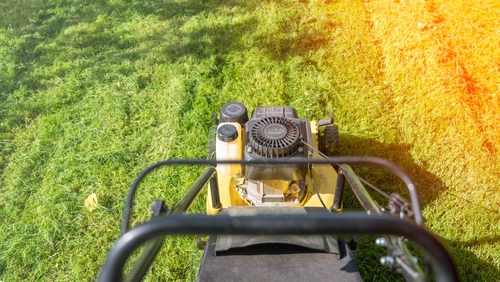
As the seasons change, so too do the needs of your lawn. One of the most important factors to consider when caring for your grass is the height at which you mow it. Proper lawn mowing heights can vary depending on the type of grass you have and the time of year. By mastering mowing heights for different grass types, you can ensure that your lawn remains healthy and vibrant throughout the year.
Lawn Mowing Heights by Season
The height at which you mow your lawn should be adjusted throughout the year to accommodate the changing needs of your grass. In the spring, when grass is growing rapidly, it is generally recommended to mow at a higher height to promote strong root growth. As the summer months roll around, you may need to lower your mower blade to prevent your grass from becoming too tall and prone to diseases. In the fall, as temperatures cool and growth slows, raising your mower blade again can help protect your grass from the harsh winter months.
How Do I Determine the Proper Lawn Mowing Height?
Determining the proper lawn mowing height for your grass can be a bit tricky, as it can vary depending on the type of grass you have. One general rule of thumb is to never remove more than one-third of the grass blade in a single mowing. This helps prevent stress on the grass and promotes healthier growth. It is also recommended to mow your lawn at the highest setting for your grass type to promote strong root development and shade out weeds.
Should the Lawn Mowing Height Be Determined by the Type of Grass or Season?
Both the type of grass you have and the season can play a role in determining the proper lawn mowing height. Different grass species have different ideal mowing heights, with some preferring to be kept shorter while others thrive when left a bit taller. Warm-season grasses, such as Bermudagrass and Zoysia grass, generally prefer to be mowed shorter, while cool-season grasses like Kentucky Bluegrass and Tall Fescue do best when kept at a slightly higher height. In addition to considering the type of grass you have, you should also take into account the season when determining the proper lawn mowing height. As previously mentioned, grass growth rates vary throughout the year, so adjusting your mowing height accordingly can help promote healthy growth and overall lawn health. By being mindful of both the type of grass you have and the time of year, you can ensure that your lawn remains lush and green year-round.
Mastering Mowing Heights for Different Grass Types
To help you master mowing heights for different grass types, here are some general guidelines to keep in mind: – Kentucky Bluegrass: Ideal mowing height is 2.5 to 3.5 inches. Kentucky Bluegrass prefers a slightly taller mowing height to promote strong root growth and shade out weeds. – Bermuda Grass: Ideal mowing height is 1 to 2 inches. Bermuda grass thrives when mowed shorter to help prevent thatch buildup and promote dense growth. – Tall Fescue: Ideal mowing height is 3 to 4 inches. Tall Fescue does best when kept at a slightly higher height to promote deep root growth and withstand drought conditions. – Zoysia Grass: Ideal mowing height is 1 to 2 inches. Zoysia grass prefers to be mowed shorter to help prevent thatch buildup and promote healthy growth. By following these guidelines and adjusting your mowing height based on the type of grass you have and the time of year, you can help promote healthy growth and vibrant green lawns. Remember to never remove more than one-third of the grass blade in a single mowing and to mow at the highest setting for your grass type to ensure optimal lawn health.
Summary
Mastering mowing heights for different grass types is essential for maintaining a healthy and vibrant lawn year-round. By adjusting your mowing height based on the type of grass you have and the season, you can help promote strong root growth, prevent diseases, and keep your lawn looking its best. By following these guidelines and being mindful of the changing needs of your grass throughout the year, you can ensure that your lawn remains lush and green for seasons to come.
Need Outdoor Power Equipment in Bells, TN?
Welcome to Hill’s Repair Shop! We have been locally owned and operated since 1964! In our 58 years, we have dedicated ourselves to providing top-of-the-line sales, service, and repairs for all small engines and equipment. Please give us a call for more information!
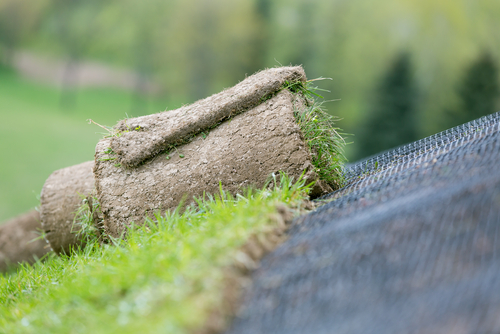
Maintaining a sloped lawn can be a challenging task for many homeowners. Mowing on a slope requires a different approach than mowing on flat ground to ensure the safety of both the person operating the mower and the health of the lawn itself. In this blog, we will discuss some tips and tricks for mowing and maintaining a sloped lawn to help you keep your yard looking its best.
Assess the Slope Before Mowing
Before you start mowing your sloped lawn, it is essential to assess the slope to determine how steep it is. This will help you decide if it is safe to mow and what precautions you need to take. If the slope is too steep, it may be best to use a professional landscaper or consider alternative landscaping options for that area of your yard.
Use the Right Equipment
When mowing a sloped lawn, it is important to use the right equipment to ensure both safety and efficiency. Consider using a self-propelled mower with high rear wheels as they provide better traction on slopes. Additionally, using a mower with a low center of gravity can help prevent tipping over while mowing on an incline.
Mow Across the Slope
Instead of mowing up and down the slope, it is recommended to mow across the slope to reduce the risk of accidents. Mowing across the slope allows the mower to maintain better control and prevents it from rolling or tipping over. It may take a bit longer to mow this way, but safety should always be the top priority when mowing on a slope.
Take Your Time
Mowing on a slope requires extra caution and attention to detail, so it is important to take your time and not rush through the process. Slow down and be mindful of your movements to prevent accidents and ensure a clean, even cut. Rushing while mowing on a slope can lead to injuries and damage to your lawn.
Avoid Mowing When the Grass Is Wet
Mowing a sloped lawn when the grass is wet can be dangerous as it increases the risk of slipping and losing control of the mower. Wait until the grass is dry before mowing to ensure proper traction and reduce the chance of accidents. Wet grass can also clump together and make it difficult to get a clean cut, leading to an uneven lawn.
Trim the Edges
When mowing on a slope, it is important to trim the edges of the lawn first before starting the main mowing process. Trimming the edges will provide a clear boundary for the mower to follow and prevent it from slipping off the slope. Use a string trimmer or edger to carefully trim the edges before mowing to ensure a clean and professional-looking finish.
Maintain Your Mower Regularly
To ensure the safety and efficiency of mowing on a slope, it is essential to maintain your mower regularly. Keep the blades sharp and properly adjusted to ensure a clean cut and reduce the strain on the mower. Check the wheels, handle, and other parts of the mower for any signs of wear or damage that could affect its performance on a slope.
Watch Out for Obstacles
Before mowing on a slope, be sure to remove any obstacles such as rocks, branches, or debris that could be a hazard to both you and your mower. Clearing the area of obstacles will prevent accidents and ensure a smooth mowing experience. Be mindful of any dips or holes in the ground that could cause the mower to tip over and adjust your mowing pattern accordingly.
Summary
Mowing and maintaining a sloped lawn requires a different approach than mowing on flat ground. By assessing the slope, using the right equipment, mowing across the slope, taking your time, avoiding mowing when the grass is wet, trimming the edges, maintaining your mower, and watching out for obstacles, you can safely and effectively mow your sloped lawn. Follow these tips and tricks to ensure a beautiful and well-maintained lawn that will be the envy of your neighbors.
Need Outdoor Power Equipment in Bells, TN?
Welcome to Hill’s Repair Shop! We have been locally owned and operated since 1964! In our 58 years, we have dedicated ourselves to providing top-of-the-line sales, service, and repairs for all small engines and equipment. Please give us a call for more information!
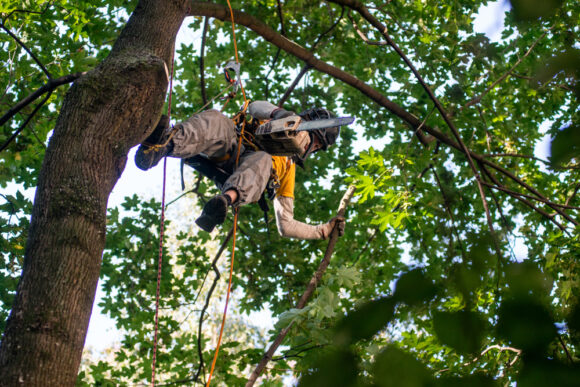

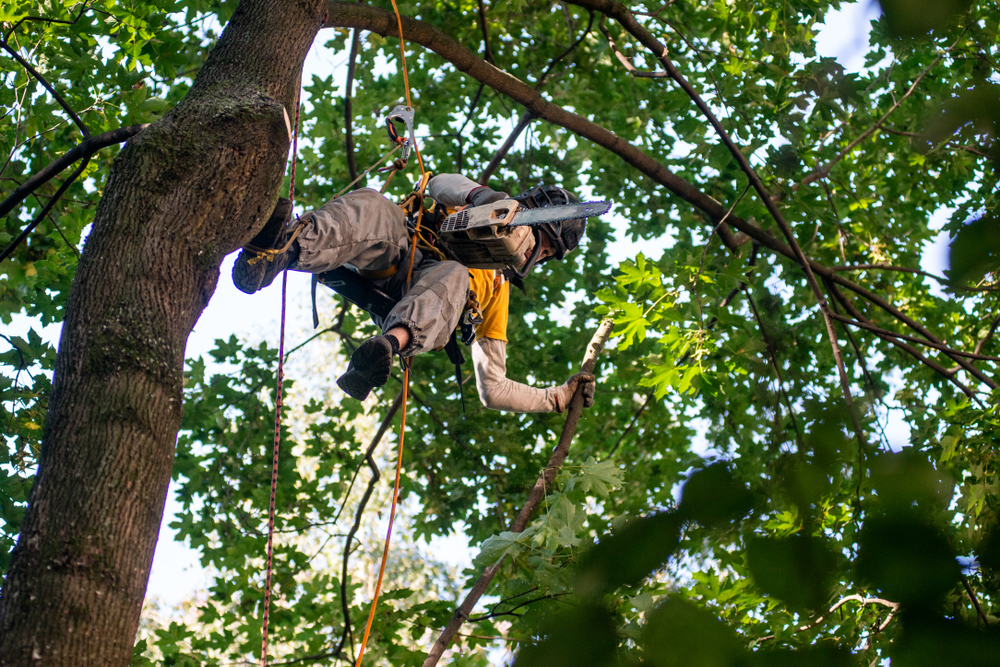




 As the weather starts to warm up and flowers begin to bloom, many people start thinking about getting their outdoor spaces ready for the spring and summer months. One of the essential steps in this process is making sure you have the right outdoor power equipment to tackle all of the tasks that come with maintaining a beautiful outdoor space. From mowing the lawn to trimming hedges and cleaning up leaves, having the right tools can make all the difference in keeping your yard looking its best.
As the weather starts to warm up and flowers begin to bloom, many people start thinking about getting their outdoor spaces ready for the spring and summer months. One of the essential steps in this process is making sure you have the right outdoor power equipment to tackle all of the tasks that come with maintaining a beautiful outdoor space. From mowing the lawn to trimming hedges and cleaning up leaves, having the right tools can make all the difference in keeping your yard looking its best.